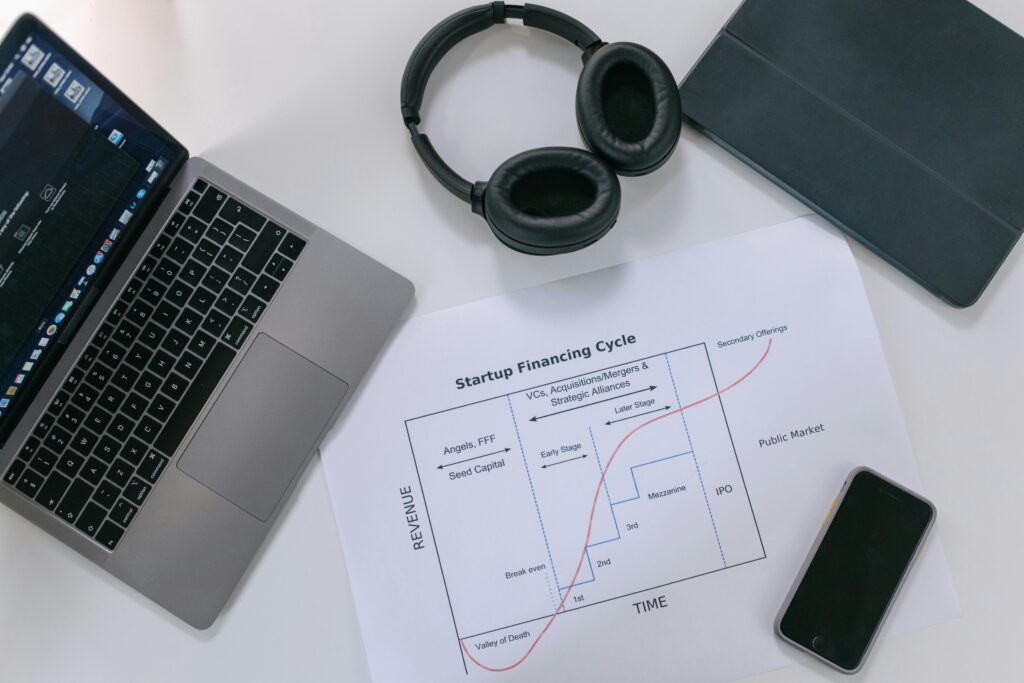Ensuring Consistent Excellence Across Distributed Teams
With remote work becoming the norm, quality management in remote teams is more essential than ever. Businesses that rely on distributed teams face unique challenges in maintaining consistent standards, ensuring clear communication, and aligning on goals. Effective quality management practices ensure that remote teams deliver high-quality work, stay aligned with organizational objectives, and continuously improve.
In this guide, we’ll explore the fundamentals of quality management in remote teams, the challenges it presents, and best practices to help you maintain excellence across locations.
Why Quality Management Matters in Remote Teams
Quality management involves monitoring and improving processes to deliver consistently excellent results. In a remote setting, teams may be spread across different time zones, work independently, and have varied communication practices, making consistent quality a challenge. By establishing strong quality management processes, companies can ensure that remote teams remain productive, efficient, and aligned with standards.
Key Benefits of Quality Management for Remote Teams:
- Consistency: Standardized practices across locations improve consistency and reduce errors.
- Increased Accountability: Well-defined quality standards make accountability clearer, boosting team performance.
- Enhanced Customer Satisfaction: High-quality outputs lead to better customer experiences and increased loyalty.
For insights on managing distributed teams, see our post on Building and Managing Remote Tech Teams.
Challenges in Quality Management for Remote Teams
- Communication Gaps
Miscommunication is common in remote settings due to asynchronous communication and varying time zones. Without face-to-face interaction, misunderstandings can arise, affecting quality and productivity. - Limited Oversight
In remote teams, it can be challenging to monitor every detail of a project, especially in fast-paced environments. Limited oversight can lead to variations in quality if team members are not aligned on standards. - Cultural Differences
Teams working from different regions may have unique work habits and cultural norms, which can lead to discrepancies in quality expectations. Establishing clear guidelines and ensuring alignment can help bridge these differences. - Data Security Risks
Handling sensitive information remotely can increase the risk of data breaches or accidental disclosures, impacting quality if secure practices are not followed.
Best Practices for Quality Management in Remote Teams
1. Define Clear Quality Standards
Set clear quality expectations for your remote team by establishing standard operating procedures (SOPs) and quality benchmarks. Define measurable metrics such as response times, accuracy levels, and turnaround times to ensure all team members understand what’s expected.
Tips for Setting Quality Standards:
- Develop a quality checklist for each project or task.
- Use metrics like error rate, customer satisfaction score, and project completion time to evaluate performance.
- Regularly review and update quality standards to meet evolving needs.
For help setting clear operational guidelines, check out our guide on Process Optimization for Competitive Advantage.
2. Implement Consistent Communication Protocols
Strong communication is the foundation of quality in remote teams. Set up regular check-ins, daily stand-ups, and project updates to keep everyone informed. Use tools like Slack, Microsoft Teams, or Zoom for real-time updates, and encourage team members to provide feedback frequently.
Recommended Communication Practices:
- Use video calls for critical discussions to improve clarity.
- Set expectations for response times in team chats and emails.
- Create a shared document repository (such as Google Drive or SharePoint) to maintain consistency.
3. Use Project Management Tools for Transparency
Project management tools are essential for tracking progress, assigning tasks, and ensuring accountability. Tools like Trello, Asana, and Jira allow teams to monitor project status, track deliverables, and ensure that quality standards are consistently met.
Project Management Tips:
- Break projects into manageable tasks with clear deadlines.
- Use Kanban boards or task lists to improve workflow visibility.
- Regularly review project updates and adjust timelines as needed.
For a guide to selecting project management tools, visit our Top Project Management Tools for Remote Teams post.
4. Conduct Regular Quality Audits
Periodic audits provide an objective look at your remote team’s performance, helping to identify gaps and areas for improvement. Quality audits should include a review of project deliverables, adherence to quality standards, and client or stakeholder feedback.
Steps for Effective Quality Audits:
- Review completed projects and deliverables against predefined standards.
- Provide feedback on any deviations, with actionable steps for improvement.
- Conduct audits at regular intervals to ensure ongoing quality.
5. Foster a Culture of Continuous Improvement
Encouraging a growth mindset within your remote team will support continuous quality improvement. Implement retrospectives after each project or sprint to identify what worked well and what can be improved. This process of regular reflection drives accountability and motivates teams to maintain high standards.
Continuous Improvement Tips:
- Schedule regular team retrospectives to discuss improvements.
- Encourage peer feedback and create a culture where team members can learn from one another.
- Recognize and reward high-quality work to reinforce quality-driven behaviors.
For a deeper dive into fostering continuous improvement, read our Agile Project Management Guide.
6. Prioritize Data Security and Compliance
Security is critical for remote teams, particularly when working with sensitive data. Enforce strict security protocols to prevent unauthorized access and ensure compliance with industry standards. Educate team members on data protection practices to maintain quality and trust.
Key Security Practices:
- Use VPNs and encrypted communication channels for secure data sharing.
- Implement two-factor authentication and strong password policies.
- Regularly update team members on security best practices and compliance requirements.
For more insights into secure remote work practices, check out this Forbes Guide to Remote Security.
Measuring Quality in Remote Teams
To ensure your quality management efforts are successful, establish clear metrics to measure quality within your remote team. Common quality indicators include:
- Error Rate: Measures the frequency of mistakes or issues in deliverables.
- Customer Satisfaction Score (CSAT): Tracks client or stakeholder satisfaction with project outcomes.
- On-Time Delivery Rate: Evaluates how consistently deadlines are met.
- Team Performance Metrics: Use individual performance reviews to assess each team member’s contribution to quality.
These metrics provide valuable insights into how well your remote team adheres to quality standards, allowing for targeted improvements.
Key Takeaways: Ensuring Quality with Remote Teams
Effective quality management in remote teams is achievable with the right tools, clear communication, and consistent standards. By prioritizing transparency, regular audits, and a culture of improvement, you can maintain high-quality standards and support your team in delivering exceptional results, regardless of location.
If you’re looking for support in managing a remote team or establishing quality standards, explore our Quality Management Consulting Services to see how we can help.
Final Thoughts: Creating a Quality-Driven Remote Team
Remote work offers flexibility and access to global talent, but maintaining quality across distributed teams requires strategic planning. By implementing these best practices, you can build a resilient, high-performing team that consistently meets your quality goals and contributes to your organization’s success.
For a deeper understanding of quality management practices, see Harvard Business Review’s Guide to Quality Management.


